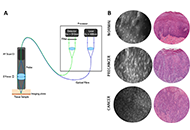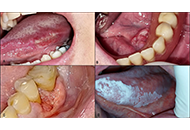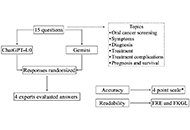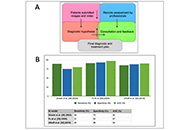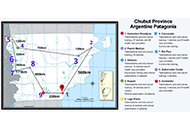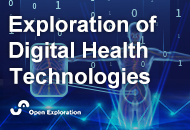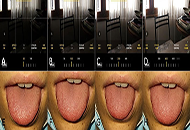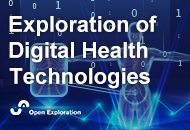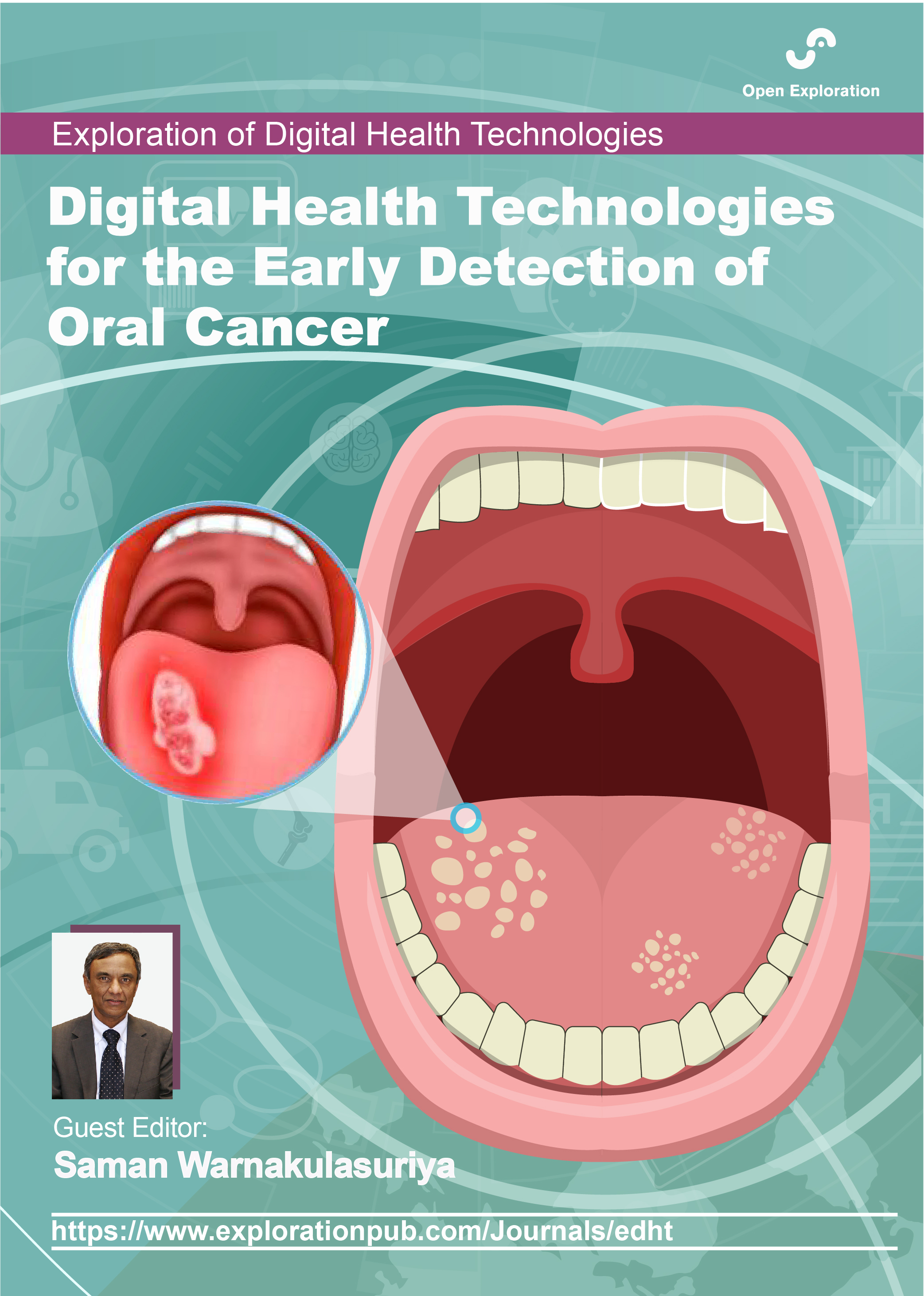
Digital Health Technologies for the Early Detection of Oral Cancer
Guest Editor
Saman Warnakulasuriya E-Mail
Emeritus Professor in Oral Medicine, King's College, London, UK.
Research Keywords: oral cancer; potentially malignant disorders; early diagnosis; screening; adjunctive aids; cancer detection
About the Special lssue
In this Special Issue we explore how Digital Health Technologies could offer a solution to the challenges encountered in the early diagnosis or oral cancer and oral potentially malignant disorders. The current literature vividly demonstrates the difficulties in distinguishing between benign, potentially malignant disorders and early oral cancer amounting to delays in diagnosis of these oral pathologies. Most oral medicine and cancer centres report that oral cancer patients present very late in advanced stages of the disease with regional spread of this malignancy to the neck and beyond. Recent Cochrane reviews highlight the limitations of traditional diagnostic methods, i.e. clinical oral examination, and widely available commercial adjunctive aids.
This special issue provides a comprehensive overview of the limitations of current diagnostic methods and the need to search for new innovative technologies. We provide an Introduction to Digital Health Technologies and Artificial Intelligence (AI) and their applications in healthcare and how these new technologies could assist us in early clinical diagnosis of oral cancer. Digital Health devices and AI Techniques and Tools in cancer diagnosis are currently being developed as research tools for screening for oral potentially malignant disorders and oral cancer in field studies and we provide Case Studies on AI in Cancer diagnosis. IN some chapters, the diagnostic studies that assessed the ability of digital health technologies to appropriately perform screening and comparing their performance with results from human clinicians will be presented and discussed. Data-driven approaches for Oral Cancer diagnosis are currently being explored and the chapter authors of this Special Issue are all keen to share their experiences and in advancing these techniques to aid in the early detection of oral cancer and to assist in precision medicine.
Keywords: oral cancer; potentially malignant disorders; early diagnosis; cancer detection; tele medicine; tele dentistry; primary care
Published Articles

